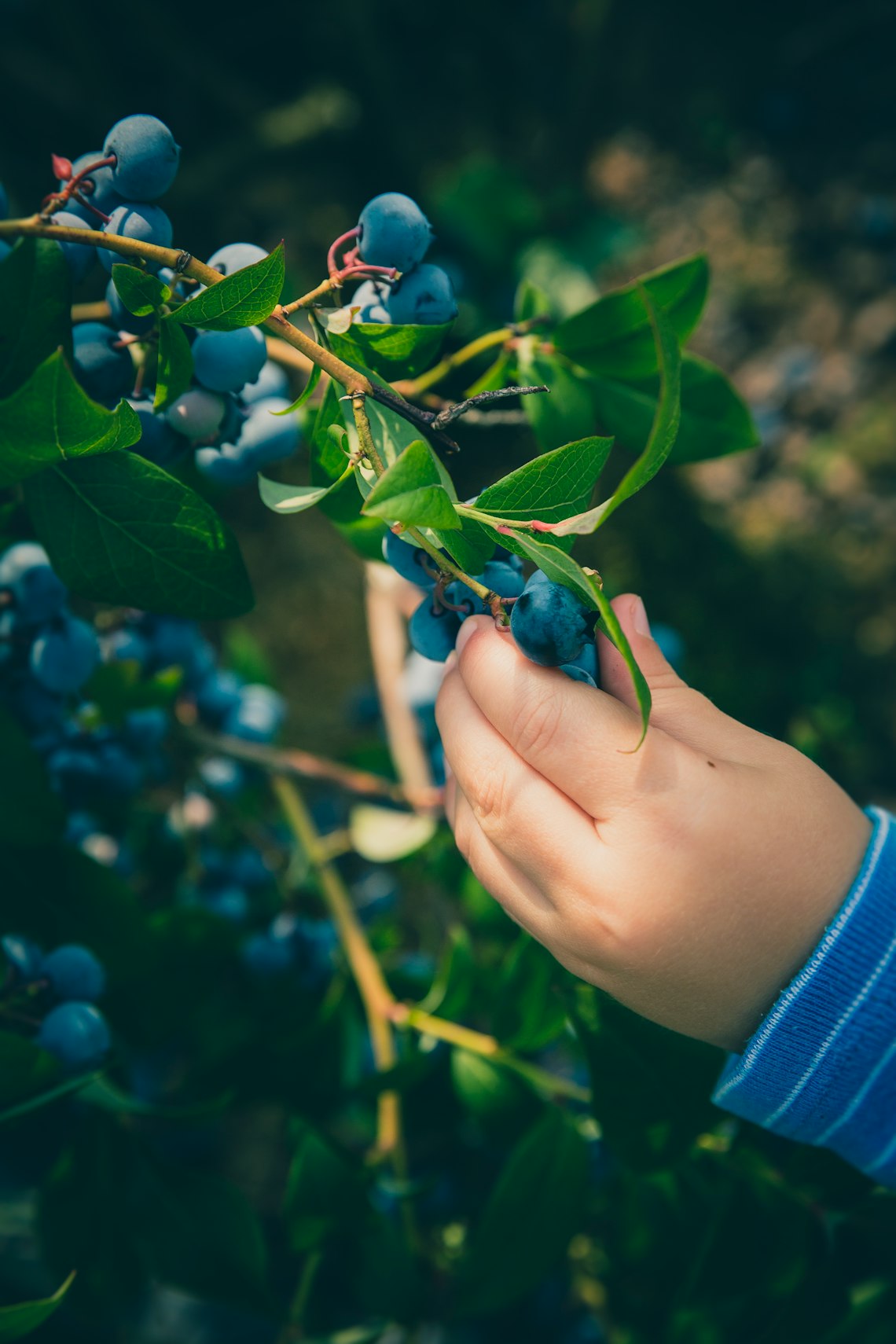Pecan trees are remarkable not only for their rich nut production but also for their role in carbon sequestration, making them a vital component of sustainable agriculture. As native trees to North America, pecans have adapted well to various climates and are increasingly valued for both their economic and environmental benefits.
Pecan Tree Nut Production
Renowned for their delicious nuts, pecan trees are a staple in the agricultural industry. Nut production is influenced by factors such as climate, soil quality, and tree management practices. Typically, a healthy pecan tree can produce between 40 to 50 pounds of nuts annually.
Key benefits of cultivating pecan trees include:
- High nutritional value of pecan nuts, rich in vitamins, minerals, and antioxidants.
- Versatility in culinary uses, from snacks to dessert ingredients.
- Economic viability, as pecans have a lucrative market both domestically and internationally.
Enhancing Nut Production
To maximize nut production, growers often focus on soil management and pest control. Healthy soil rich in organic matter can enhance tree growth and improve yield. In addition, integrated pest management (IPM) systems help in maintaining healthy crops and reducing dependence on chemical pesticides, fostering more sustainable agriculture practices.
Carbon Sequestration and Environmental Benefits
Apart from nut production, pecan trees offer substantial environmental benefits through carbon sequestration. As long-lived and large-canopy trees, they efficiently absorb carbon dioxide, an essential factor in mitigating climate change effects.
Here are some related benefits of pecan trees:
- Improvement of air quality by absorbing pollutants.
- Enhancement of biodiversity by providing habitat for various species.
- Soil conservation, as their extensive root systems prevent erosion.
Pecan Trees in Sustainable Agriculture
The integration of pecan trees into agroforestry systems can enhance sustainable agriculture. Beyond carbon sequestration, these native trees contribute to ecosystem resilience and soil fertility. Practices such as intercropping with pecan trees can enhance biodiversity, improve land use efficiency, and increase agricultural productivity.
For those involved in landscape management or environmental conservation, considering the pecan tree can lead to dual benefits of nut production and ecological sustainability. Exploring ways to integrate these practices can be further researched in sustainable landscaping and ecological agriculture.
In conclusion, the pecan tree stands as a testament to the intertwining of agricultural productivity and environmental stewardship. By embracing the dual benefits of nut production and carbon sequestration, we can pave the way for a more sustainable future, ensuring these native trees continue to bless us with both economic gains and ecological health.




